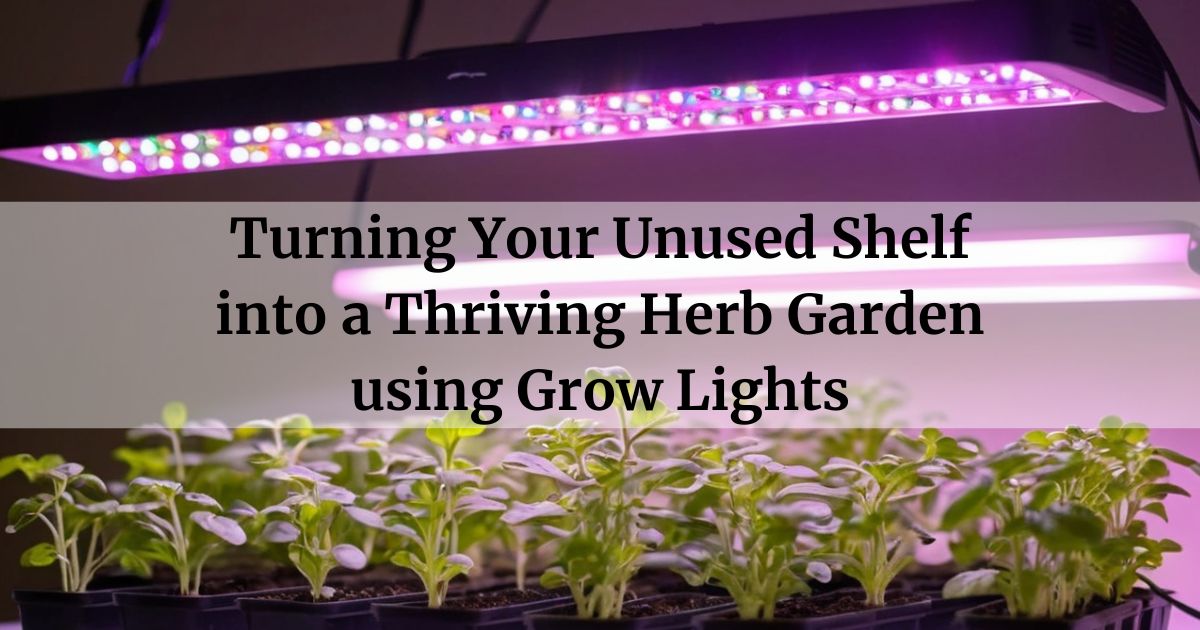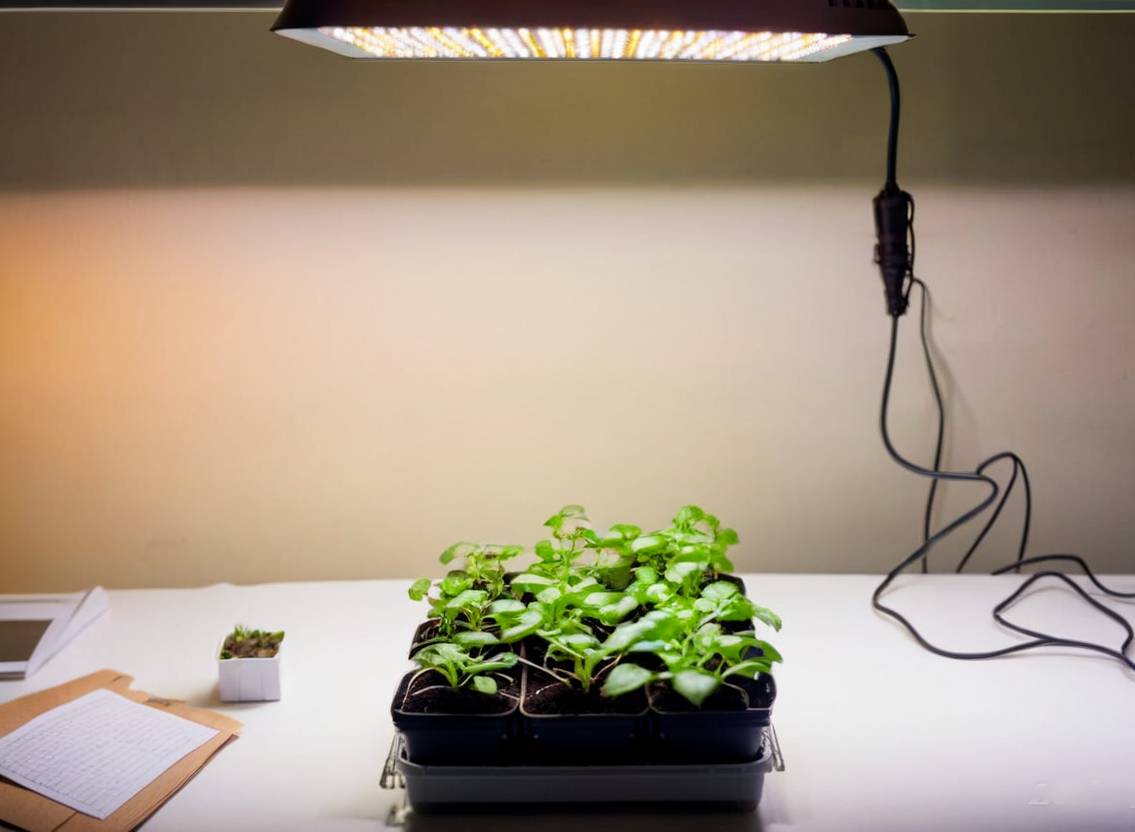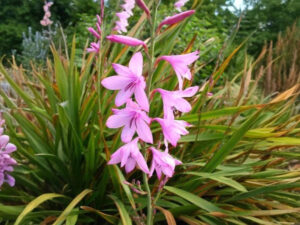
If you are looking to transform an unused shelf into an indoor garden, LED light strips can help you get started. When choosing strips, understanding wattage and color temperature is key to success. This guide will explain what these specifications mean and how to match lights to different herb varieties.
In this article
Understanding Wattage and Color

Here are recommended wattage and color temperature for growing some common herbs indoors with LED light strips:
- Basil, mint, oregano – These herbs do well with moderate light. Go with strips around 30-50 watts that provide a bright growing environment. A color temperature of 6500K is suitable.
- Parsley – As a foliage herb, parsley needs adequate light levels. Strips around 50 watts at 6500K will encourage healthy growth.
- Cilantro, dill – These delicate herbs don’t require as much light as others. Strips as low as 30 watts at 6500K can successfully grow them.
- Thyme, rosemary – Being woody herbs, thyme and rosemary have higher light needs. Opt for 50-100 watt strips at 6500K for best results with these varieties.
- Chives – As an outdoor herb, chives need the strongest light levels. Choose 100 watt or higher output strips at 6500K to keep chives productive year-round indoors.
The key is choosing a wattage that delivers 1000-3000 lumens per square foot of growing space. And sticking to a 6500K color temperature mimics natural daylight best for herb cultivation.
Combining different wattages for different herbs in the same growing space
It’s perfectly fine to use a combination of LED light strips with different wattages in the same indoor growing space for herbs. In fact, having a mix of light levels can be beneficial.
Using higher wattage strips directly over the herbs that need more light, like thyme and rosemary, and lower wattage strips for delicate herbs like parsley and cilantro, allows you to tailor lights to individual plant needs.
As long as the total lumens delivered across all strips equals 1000-3000 lumens per square foot, the herbs will receive sufficient illumination. You may need to experiment with placement to avoid shadows.
It’s also a good idea to raise and lower strips as necessary as herbs grow to maintain optimal distances. Mixed wattage strips provide flexibility to adjust lighting throughout the season.
Just be sure all strips have the same color temperature of 6500K to ensure consistent quality of light spectrum across varieties. A combination approach can maximize your indoor herb gardening success in a single growing area.
Choosing Grow Lights
Here are some recommended grow light options:

GrowLED I-Shape Indoor Mini Garden Grow Light
- Easy installation and designed for plant growth.
Provides 16 hours of light per day with an 8-hour night cycle. - Adjustable height for customization.

GooingTop LED Grow Light,6000K Full Spectrum Growing Lamp
- 6000K White Light
- timer function with 3 options that is 4Hrs or 8Hrs or 12Hrs
- High Efficiency LED Lamp
Other factors to consider when setting up an indoor herb garden
Here are some other key factors to consider when setting up an indoor herb garden using LED light strips:
- Container size – Herbs need room to spread out their root systems. Give each plant its own 4-6 inch pot.
- Soil – Herbs prefer well-draining potting mixes without fertilizer. Look for “for herbs” varieties.
- Temperature – Maintain 65-80°F for optimal growth. Cooler temps may cause bolting.
- Humidity – Herbs like moderate humidity levels around 50%. Consider a tray of pebbles with water.
- Watering – Water only when soil is dry 1-2 inches deep. Overwatering causes root rot.
- Fertilizer – Apply liquid organic fertilizer every 2-4 weeks in the growing season.
- Pruning – Snip off flower buds to encourage leaf production. Harvest outer leaves/stems.
- Pests – Check regularly for signs of insects and treat immediately if found.
- Location – Set up in a spot with ample indirect natural light plus LED strips during winter.
Providing the right growing conditions will maximize your herb garden’s potential on that unused shelf all year.
Happy gardening!







